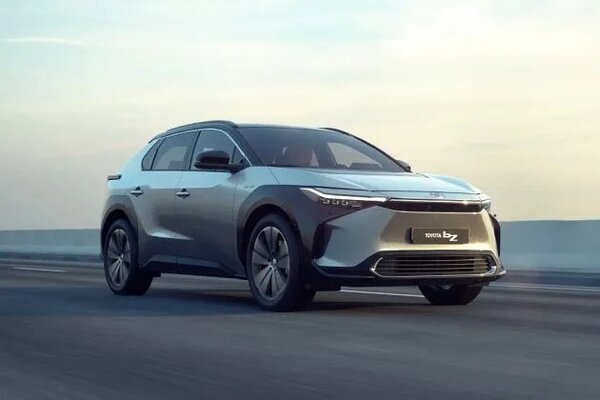Coronavirus forces the China car shutdown Beijing couldn’t


Fears that the coronaviruswill ravage global supply chainsrooted in China are spreading fast. For automakers, a hiatus from production in the world’s largest car marketmay force them to take some needed rebalancing.
Provinces thatextended the Lunar New Year holiday period include Guangdong, which accounts for12.8% of light vehicle production, and Hubei, where the outbreak’s epicenterWuhan is located. Hubei, in central China, chalks up9% of Chinese auto production and more than 3.5% of demand. The shutdown will ripple through the supply chain – Hubei is home to hundreds of small- and medium-sized parts suppliers.
Also check these Cars
Already, Toyota MotorCorp. hassuspendedproduction of cars in China until at least Sunday.Tesla Inc. has been toldtohalt workat its Shanghai factory. The disruption in auto partsforced Hyundai Motor Co. tointerrupt making its Palisade sport-utility vehiclein South Korea lastweekend and it’s considering breaks atother plants.
The impactwill be significant. If production stopsfor two weeks in China’s six major regions, output will droparound 8% thisquarter, Goldman Sachs Inc. analysts estimate.But it’s worth considering what thisactually means for a manufacturing industry that has been running on overdrive, with little incentiveto rein in the daily churn.China’s factories have the capacity to make over 60 million vehicles a year. Only a third of that number are sold. Yet carmakers seem unable to, well, stop making cars. Local and central governments have doled out hundreds of millions of dollars in subsidies to build upthe industry, encourage different types of cars and incentivize purchases. Theyhave kept too many unsustainable local manufacturers alive.Even as vehicle sales have fallen, the utilization rate– the ratio of actual output to production capacity —in the last quarter of 2019 was 78.5%, above the annual 77.3%.
China’s auto dealershipswere sitting on around $72 billion of unsold inventory last June. That’s around3 million cars. Many didn't comply with the latest emissions standards. Dealers have steepened price discounts toreduce their backlog.That isn’t a sustainable strategy. In 2018, over half of Chinesedealerships reported lossesand 85% didn’t meet manufacturers’ sales targets. An index of inventory levelshas remained elevated and above the official warning threshold for two years.
A forced shutdown is what the industry needs, even though it employsmillions. Until now, mothballing factories hasn’t been an option. Beijing hasencouragedconsolidationand set out rules toencourage electric vehicles by inhibitingnew capacity for conventional cars. Authorities havealso imposedmeasures like restricting car ownership through a lottery-based license platesystem.
The automotive sector has never been subjected to supply-side structural reforms in the way that Beijing imposed them on industries like steel and coal. The first step to any turnaround for automakers is to shutdown excess operating capacity.In the steel industry, reducing hundreds of millions of tons ofcapacity gave larger firms better pricing power.Over the past three years,steel prices rose and profitability ticked up.
The coronavirus shutdownshould force a rethink andprod carmakers to reassess investment and production decisions. Earnings will hurt for the next couple of quarters, but they were looking dismal anyway and margins have been thinning for years.Upgrading plants alone won’t cut it. One lesson from the steel industry is that bigger, better facilities can stillmean oversupply.
Demand has alsobeen weak. Abig turn upwardisn’t on the horizon despite Beijing’s incentives for consumers to purchase cars.What buyers there are in this maturing market want luxury vehicles or higher-end family cars; more will bereplacing vehicles over the next five years than getting their first car.The virus won’t help. Central China, which will likely feel anyaftermaththe longest,accounts for almost a quarter of auto demand.
Parallels to earlierbig epidemics are hard to draw. During the crisis over SevereAcute Respiratory Syndrome in 2003, China’s carmakers wereselling4 million vehicles a year. Global automakers have a much larger portion of their sales volumes and profits exposed to China now.A shakeout has beenoverdue, and the virus may onlytriggerthat.Any impulse fromBeijing to step in and bolstersupply will be misguided —it should stand still and watch what happens whenmarketsare left to their own devices.
This column does not necessarily reflect the opinion of Bloomberg LP and its owners.








 2487 cc
2487 cc Petrol
Petrol
 72.8 kWh
72.8 kWh 405 Km
405 Km















